How to Perfect Your Bimimbap with Spices: Expert Tips for Authentic Flavor
Want to make your bimimbap taste amazing? The secret lies in mastering the spices. Whether you're new to Korean cooking or a seasoned pro, these 7 expert tips will transform your bimimbap from ordinary to extraordinary. We'll cover everything from gochujang basics to global spice fusion, so you can create authentic, flavorful bowls every time.
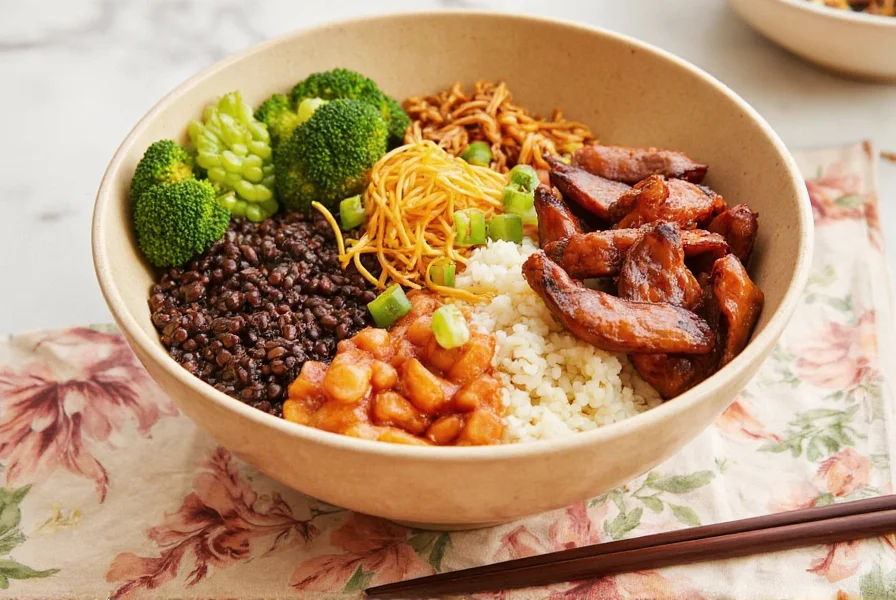
Tip #1: Master the Gochujang Base for Authentic Flavor
Gochujang is the heart of bimimbap—a fermented red chili paste that delivers deep umami, subtle sweetness, and balanced heat. Its fermentation process (typically 6-12 months) develops complex flavors that cannot be replicated by shortcuts. Here's how to use it right:
Key Steps:
- Start with quality: Choose brands with minimal additives (like Chung Jung One or Samyang) for authentic taste.
- Proper ratio: Use 1-2 tablespoons per serving (about 1.5 cups rice), but adjust based on heat preference. Mix with 1 tsp water or sesame oil to create a smooth sauce before adding to rice.
- Layering technique: Add gochujang to warm rice for better absorption; avoid adding to cold rice which may clump.
| Brand | Heat Level | Flavor Profile | Best For |
|---|---|---|---|
| Samyang Gochujang | Mild to Medium | Sweet & Umami | Beginners |
| Chung Jung One Gochujang | Medium to Hot | Robust & Smoky | Experienced Users |
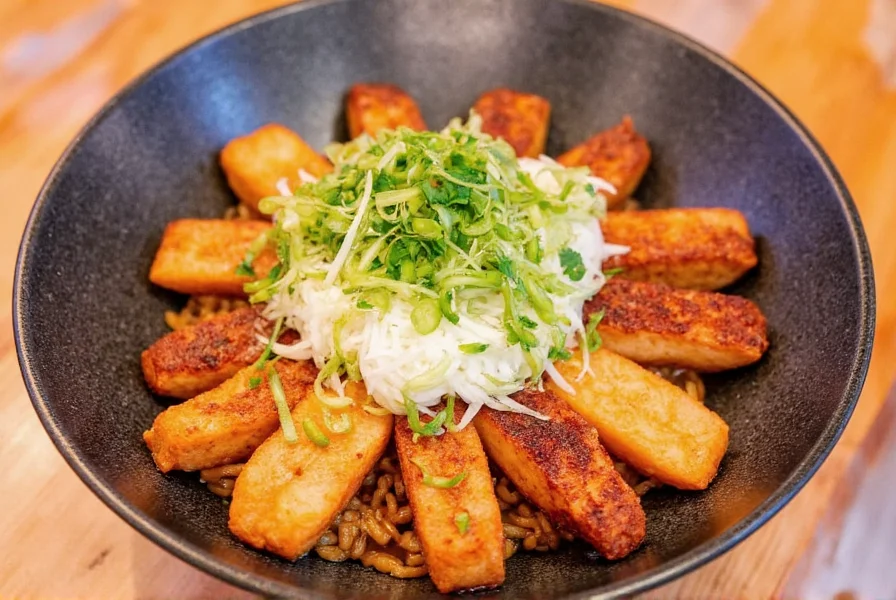
Tip #2: Don't Skip the Sesame Oil Drizzle for Depth
That final drizzle of sesame oil isn't just decorative—it activates flavor compounds and creates a glossy finish. High-quality sesame oil contains natural oils that enhance the umami of gochujang and balance vegetable acidity.
How to Use: Warm ½ teaspoon in a small pan for 10 seconds, then drizzle over mixed bimimbap. This releases aromatic compounds that elevate every ingredient.
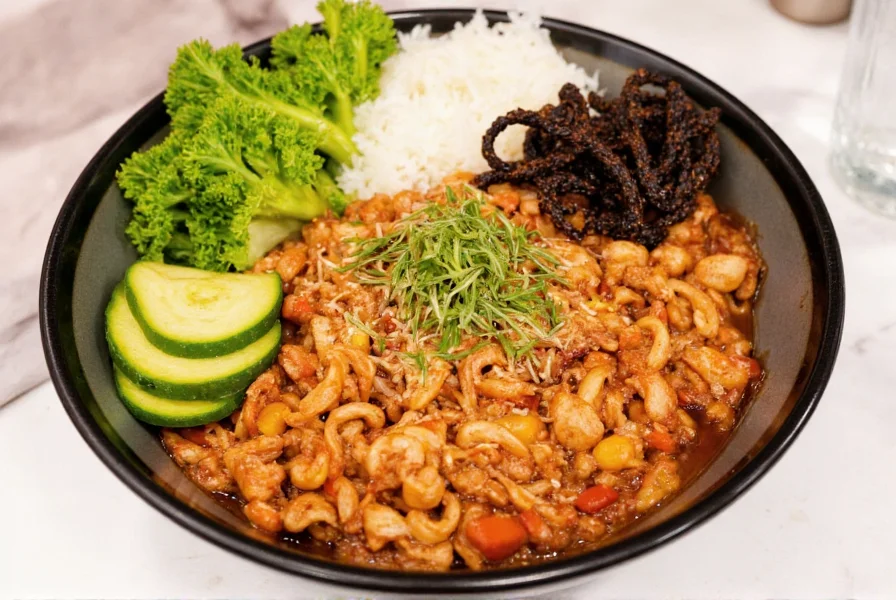
Tip #3: Fresh Chili for Instant Kick and Texture
Raw chilies add vibrant heat and crunch that dried spices can't replicate. Their natural enzymes interact with gochujang to create layered spice profiles.
Pro Tip: Slice chilies thinly (1/8 inch) and add just before serving for maximum freshness. For milder heat, remove seeds.
| Chili Type | Scoville Heat Units | Texture | Flavor Notes |
|---|---|---|---|
| Jalapeño | 2,500–8,000 SHU | Firm & Juicy | Grassy & Slightly Sweet |
| Korean Gochu | 1,000–4,000 SHU | Crisp & Meaty | Mild & Fruity |

Tip #4: Pickled Vegetables for Tangy Contrast and Digestion
Acidic elements like kimchi or pickled radish cut through richness and aid digestion. Lactic acid in fermented veggies balances gochujang's sweetness while preserving crunch.
Use Case: Add 1-2 tablespoons of kimchi or pickled radish per serving. For best results, drain excess liquid to prevent sogginess.
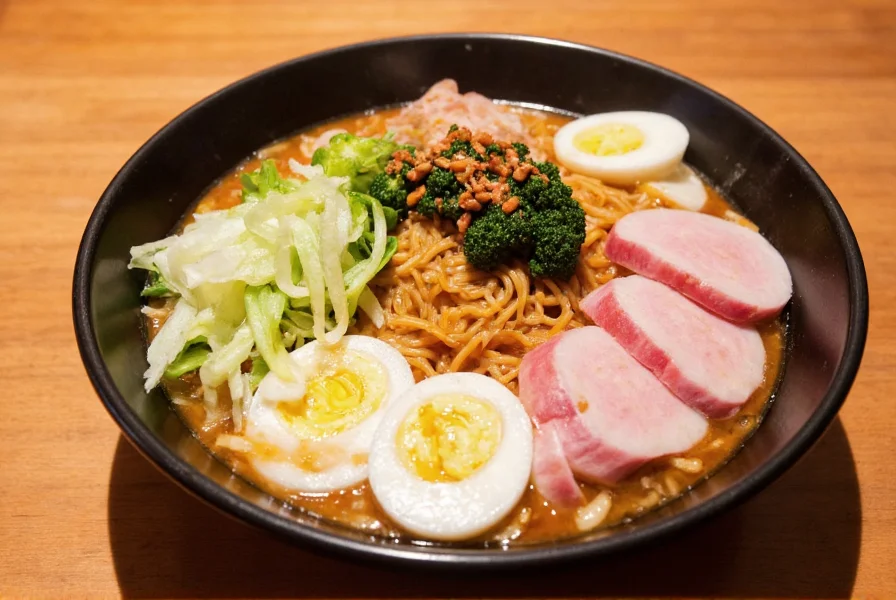
Tip #5: Toasted Sesame Seeds for Nutty Crunch and Nutrients
Sesame seeds add omega-3s and a subtle nuttiness that complements gochujang's umami. Toasting unlocks their full flavor potential.
Bonus Tip: Toast seeds in a dry pan over medium heat for 90 seconds until golden. Let cool before sprinkling to preserve crunch.
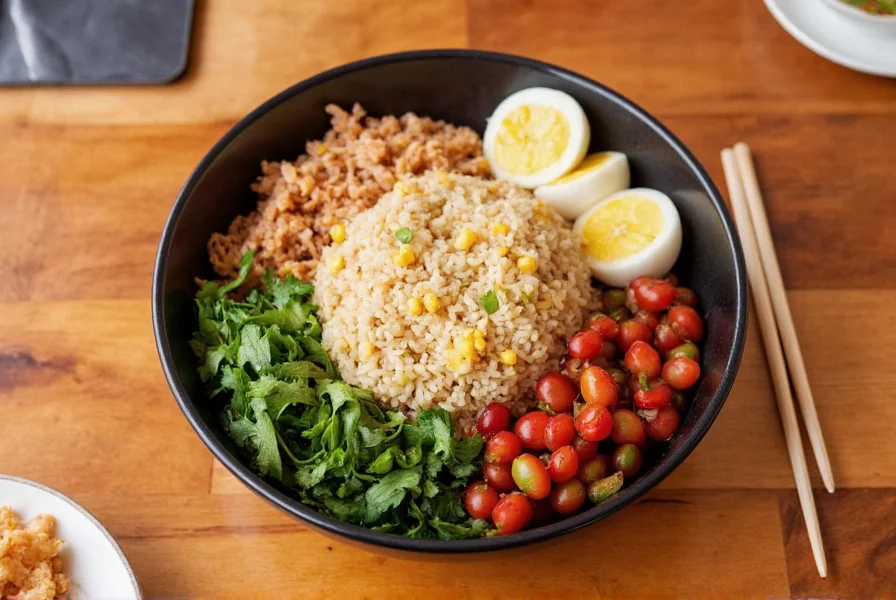
Tip #6: Experiment with Global Spices for Fusion Flavors
Global spices can enhance traditional bimimbap without overpowering it. Focus on complementary flavors that harmonize with gochujang's profile.
- Indian Twist: ¼ tsp garam masala adds warmth without heat—perfect for cooler weather.
- Mexican Fusion: ⅛ tsp chipotle flakes bring smoky depth; avoid overpowering with too much.
- Mediterranean Vibes: ½ tsp za'atar introduces herbal notes that brighten vegetable toppings.
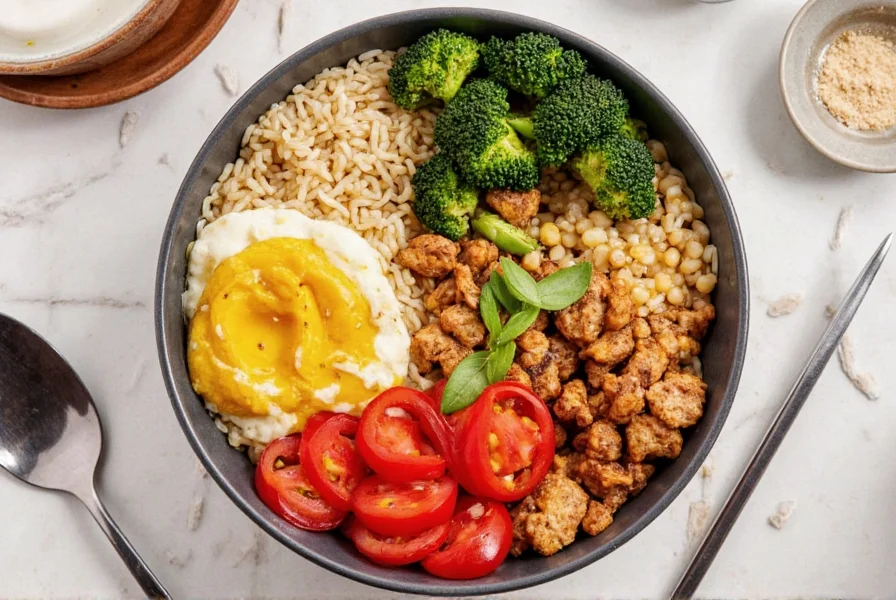
Tip #7: DIY Spice Blends for Custom Flavors and Cost Savings
Create signature blends using pantry staples. This avoids expensive pre-mixed products while ensuring freshness.
"Fire & Earth" Spice Mix Recipe:
- 1 tbsp gochujang powder
- ½ tsp garlic powder
- ¼ tsp ground cumin
- ¼ tsp smoked paprika
- Pinch of sea salt
Mix well and store in an airtight container. Use 1 tsp per serving for bold, smoky depth. Makes 10 servings.
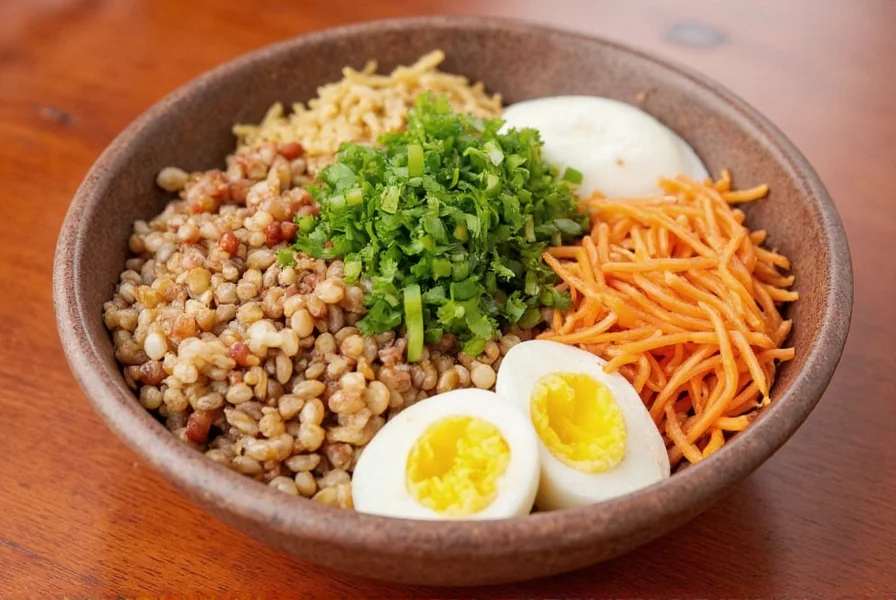
Buying Guide: Essential Spices for Bimimbap
Build your spice rack with these high-quality essentials. We prioritize products with authentic ingredients and minimal additives for best results.
| Product | Key Feature | Best For |
|---|---|---|
| Chung Jung One Organic Gochujang | Organic, rich umami, balanced sweetness | Home cooks seeking authentic Korean flavor |
| Kadoya Pure Sesame Oil | Non-GMO, cold-pressed, potent aroma | Chefs valuing quality oils for finishing dishes |
| Seoul Garden Toasted Sesame Seeds | Pre-toasted, gluten-free, resealable | Busy professionals needing quick meal prep |
| McCormick Garam Masala | Consistent quality, aromatic blend | Foodies exploring fusion cuisine |
| Za'atar Spice Blend by The Spice Hunter | Natural ingredients, vegan, no fillers | Creative cooks wanting Mediterranean flair |
Frequently Asked Questions About Bimimbap Spices
How much gochujang should I use for a single serving of bimimbap?
For a standard serving (1.5 cups rice), start with 1-2 tablespoons of gochujang. Mix it with 1 tsp water or sesame oil to thin it slightly before adding to rice. Taste and adjust—remember that the rice will absorb some sauce as it sits, so it should taste slightly stronger than your ideal flavor when first mixed. For milder versions, reduce to 1 teaspoon and add extra vegetables for balance.
Can I make bimimbap less spicy for kids or those sensitive to heat?
Absolutely! Use mild gochujang (like Samyang's version) and reduce to 1 teaspoon per serving. Balance heat by adding more fresh vegetables (cucumber, carrots), a dollop of plain yogurt, or increasing sesame oil which coats the palate. Serve gochujang on the side for customization. Traditional Korean restaurants often offer this for children's meals.
What's the difference between gochujang and gochugaru in bimimbap?
Gochujang is a fermented paste with complex sweet-umami-spicy flavors from months of aging, while gochugaru is raw Korean red pepper flakes that provide pure heat without fermentation. For bimimbap, gochujang is essential as the base sauce; gochugaru is typically used for seasoning individual components like vegetables or proteins. Sprinkle a tiny pinch of gochugaru on top for extra heat, but never replace gochujang as it lacks the signature umami depth.
How can I prevent my bimimbap from becoming too dry after adding spices?
Moisture control starts with rice: use freshly cooked rice (not day-old) and fluff it before mixing. When adding gochujang, mix with 1-2 tsp water or sesame oil to create a sauce. Finish with a sesame oil drizzle (½ tsp) which seals in moisture. If dryness occurs, add 1 tsp rice vinegar diluted in 1 tsp water—this refreshes without overwhelming flavors. Traditional Korean cooks always add a splash of liquid when mixing.
Can I make bimimbap without gochujang and still have authentic flavor?
No—gochujang's fermentation process creates unique umami and depth that defines authentic bimimbap. Substitutes like miso paste or tomato-based sauces will create fusion dishes but lack traditional Korean character. If avoiding gochujang for dietary reasons, explore Korean-style rice bowls with soy-based sauces, but they won't be true bimimbap. Most Korean restaurants outside Korea use gochujang even for "mild" versions.
How long do homemade spice blends for bimimbap stay fresh?
Dry spice blends (like the "Fire & Earth" mix) stay fresh 3-6 months in airtight containers away from light. Gochujang-based blends should be refrigerated and used within 2 weeks due to moisture content. Always check for changes: clumping, mold, or sour smell indicates spoilage. For maximum potency, make small batches monthly. Traditional Korean households often prepare fresh blends weekly for optimal flavor.

Conclusion: Your New Go-To Bimimbap Experience
Now you've unlocked the science behind bimimbap spices. From gochujang fermentation to sesame oil's aromatic properties, each element works together to create harmony. Remember: bimimbap is a canvas—spices are your palette. Start with these 7 tips, then experiment confidently. Your perfect bowl awaits.
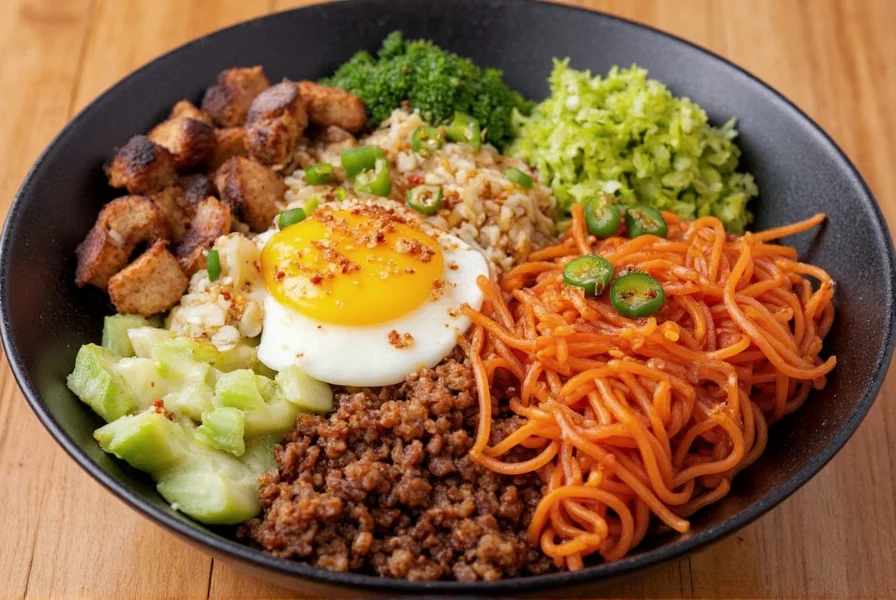
Ready to spice up your next meal? Happy mixing!

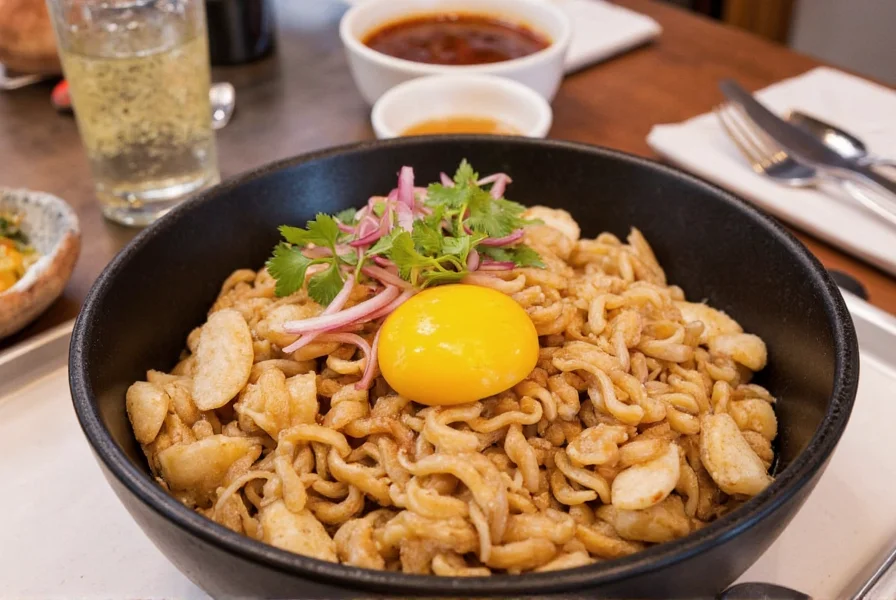









 浙公网安备
33010002000092号
浙公网安备
33010002000092号 浙B2-20120091-4
浙B2-20120091-4